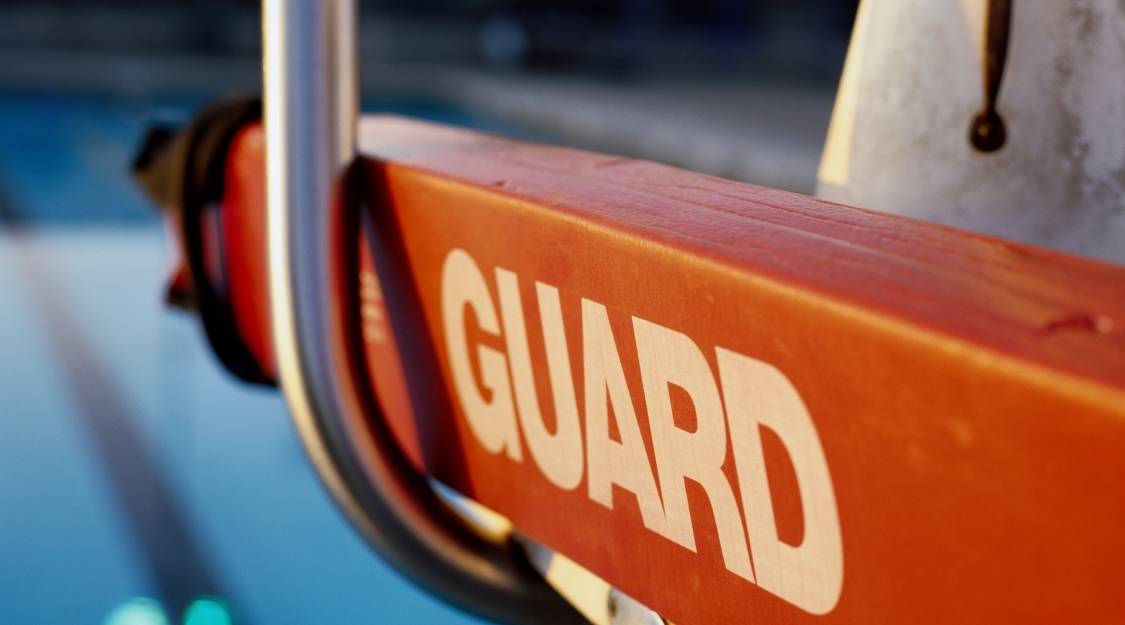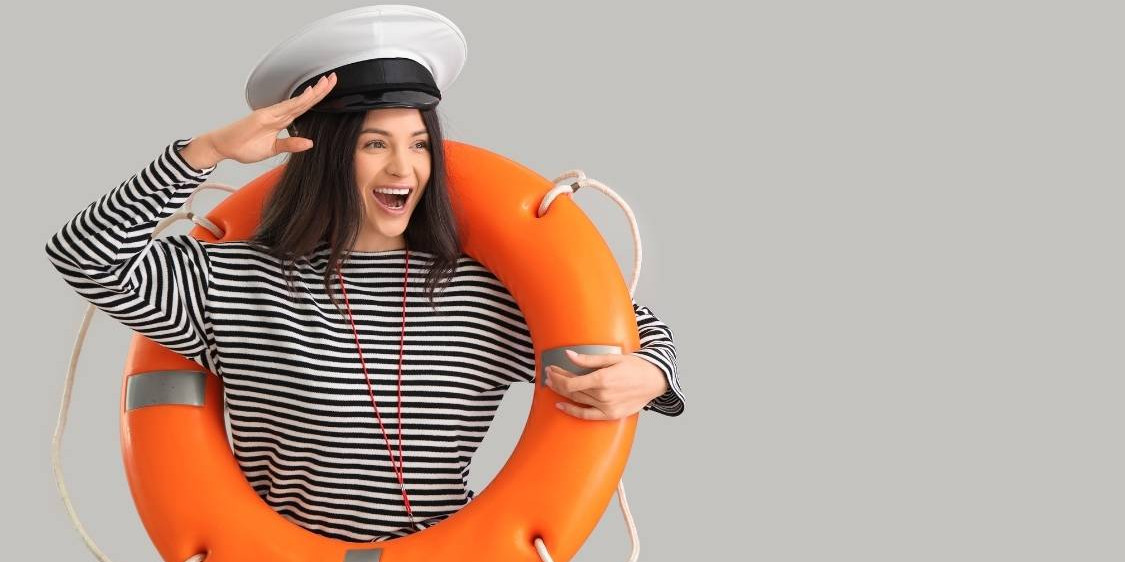Navigating the open ocean is both exciting and challenging. For beginners, the idea of steering a vessel across unpredictable waters can feel overwhelming. But with the right skills, tools, and mindset, safe navigation at sea becomes second nature. Whether you’re a recreational boater or new to maritime work, learning the basics is essential to ensure your safety, protect your crew, and respect the waterways.
Why Safe Navigation Matters
At sea, mistakes can quickly escalate into dangerous situations. Collisions, running aground, or drifting off course are preventable with proper navigation practices. By developing a strong foundation in safe navigation, beginners build the confidence and skills needed for successful voyages.
Core Principles of Safe Navigation
Learn the “Rules of the Road”
Just as cars have traffic laws, vessels follow international maritime navigation rules. These regulations dictate right-of-way, signaling, and collision avoidance. Familiarizing yourself with these rules keeps waterways safe for everyone.
Understand Charts and GPS Systems
Paper charts remain essential tools, even in the digital era. Learn to read nautical charts for depth, hazards, and coastal features. GPS systems are invaluable, but relying on them exclusively is risky—always keep a backup.
Monitor Weather and Sea Conditions
Weather shifts quickly at sea. New navigators should check forecasts before departure and learn to recognize signs of changing conditions. Calm seas can turn rough in minutes.

Practice Proper Lookout
Staying alert is one of the simplest but most effective safety practices. Constantly scan the horizon for vessels, obstacles, or sudden hazards, especially in crowded or unfamiliar waters.
Use Communication Tools Wisely
Marine VHF radios are crucial for contacting nearby vessels and the Coast Guard in emergencies. Beginners should know standard distress signals and communication protocols.
Beginner-Friendly Tips for Smooth Sailing
- Start Small: Begin in calm, familiar waters before venturing farther offshore.
- Take a Navigation Course: Local boating courses or online training programs provide hands-on guidance.
- Log Your Journeys: Keeping a record of routes, times, and conditions helps you improve navigation skills over time.
- Respect Speed Limits: High speeds reduce reaction time—slow down in crowded or tricky areas.
- Double-Check Your Gear: From compasses to radios, ensure all equipment is functional before leaving port.
Building Confidence on the Water
Safe navigation isn’t about mastering every advanced skill at once—it’s about steady practice and preparedness. By focusing on the basics, beginners can gain confidence, reduce risks, and enjoy the freedom that life at sea offers. Over time, navigation becomes less about anxiety and more about adventure.



